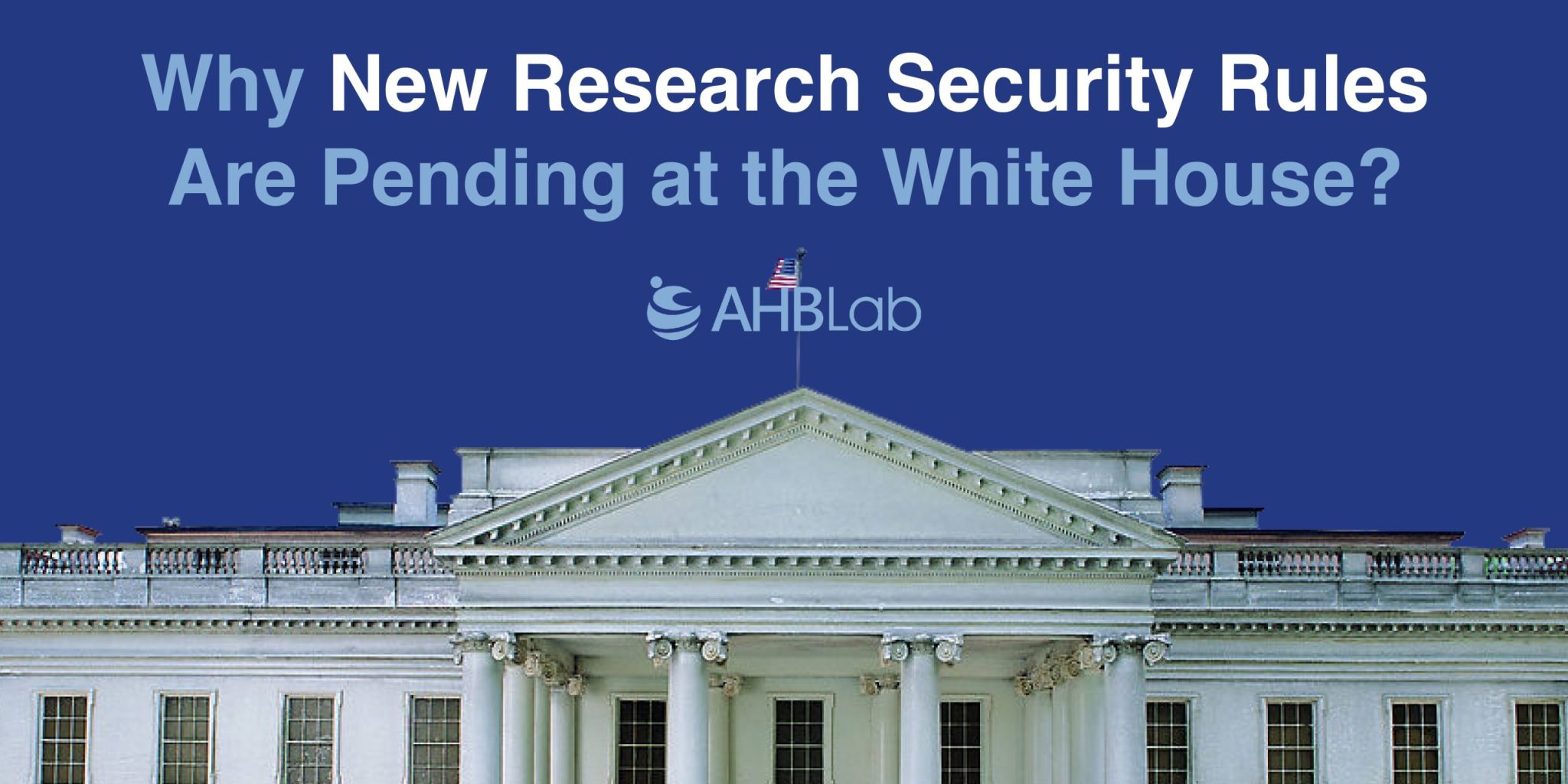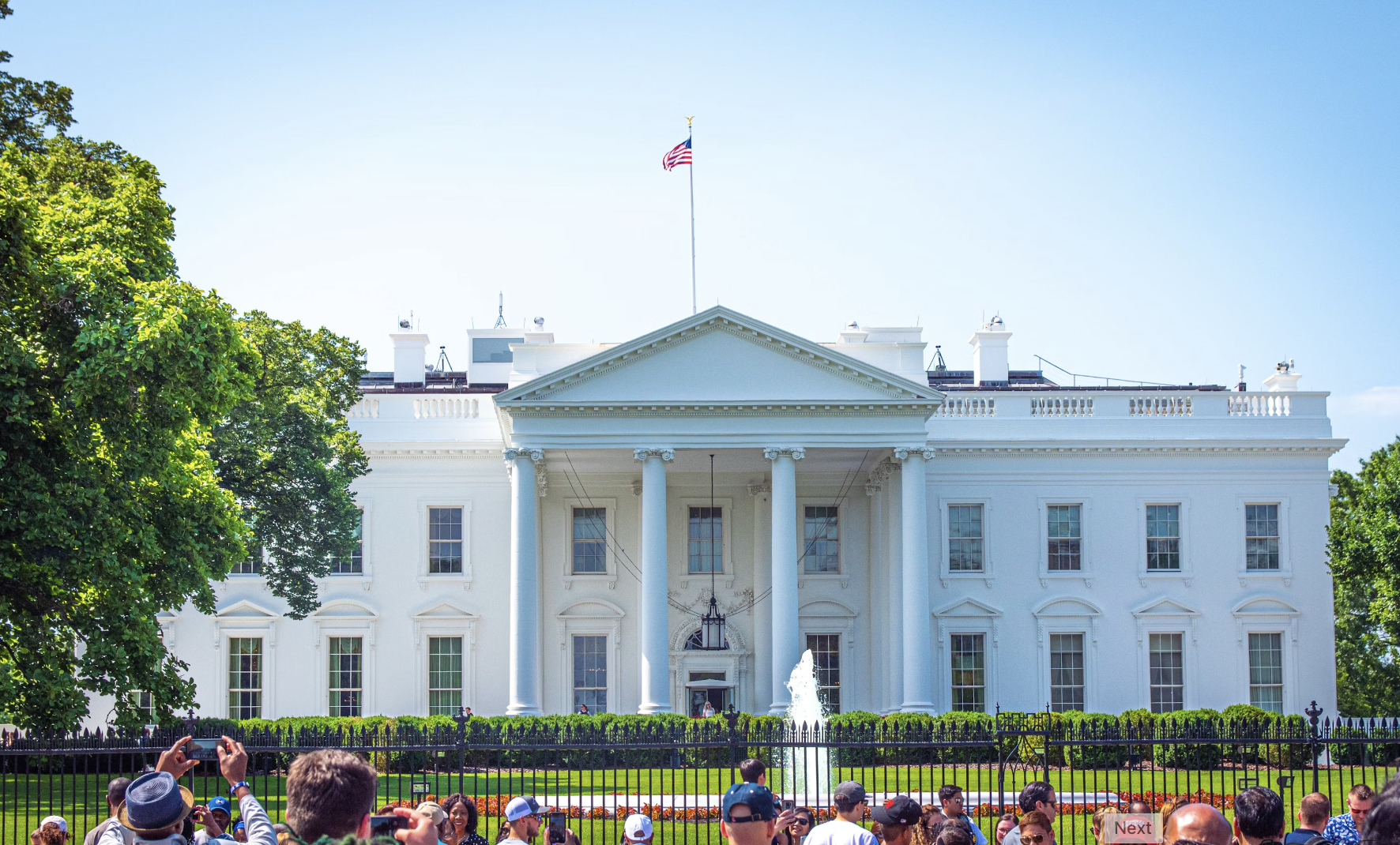The United States stands at a crucial juncture in safeguarding its academic research from external threats, amidst bipartisan consensus on the vulnerabilities posed by international actors, notably China. Despite this agreement, the implementation of protective measures, initiated in the final days of the Trump administration, faces significant delays under the Biden White House. This policy, critical for the protection of data, technology, and other outcomes of federally funded research, has plunged universities into a prolonged period of uncertainty, as they strive to align with anticipated regulatory standards. And we gonna discuss why the white house is taking so long to issue new research security rules in this article!
The Complex Landscape of Research Security
The Policy Impasse
The deadlock over formulating and enforcing a robust framework to shield scientific research from foreign interference reflects the intricate challenges of balancing national security with the ethos of academic freedom. Arati Prabhakar, President Biden’s chief science advisor, acknowledges the unexpected complexities and prolonged timeframe in crafting these essential standards, underscoring the administration’s prioritization of this issue despite the hurdles.
Spotlight on China
The escalating concerns over China’s strategic moves to acquire cutting-edge U.S. technologies have intensified the focus on safeguarding scientific collaborations. The inception of the China Initiative under the Trump administration, and the subsequent issuance of National Security Presidential Memorandum-33 (NSPM-33), exemplify efforts to thwart economic espionage. These actions signify a critical pivot in U.S. policy, aiming to fortify research security against the backdrop of geopolitical rivalries.
The Importance of International Collaboration in Scientific Research
International collaboration has long been a cornerstone of scientific advancement, fostering a global exchange of ideas, resources, and expertise. The dynamic interplay of diverse perspectives not only accelerates the pace of innovation but also enriches the quality of research outcomes. As the U.S. seeks to safeguard its scientific endeavors, it is imperative to strike a judicious balance that protects national interests without undermining the invaluable contributions of international partnerships. This delicate balancing act is crucial for sustaining the vibrancy and progress of the scientific community.
The Burden of Compliance and the Call for Clarity
The Evolution of Research Security Measures
As the landscape of geopolitical tensions and technological advancements evolves, so too must the strategies to protect academic research. The transition from the Trump to the Biden administration highlights a continuum of concern, yet with a nuanced approach to addressing the multifaceted challenges of research security. Adapting policies to reflect current and emerging threats requires a dynamic and forward-thinking strategy, one that is responsive to the changing modalities of espionage and the increasing sophistication of cyber threats. This evolution underscores the need for policies that are both robust and adaptable, capable of safeguarding the fruits of scientific labor for the benefit of national security and global advancement.
Administrative and Financial Concerns
The impending regulations impose a significant administrative and financial load on institutions, exacerbating the challenges for smaller entities and those serving underrepresented communities. The nuanced stance of the Association of American Universities (AAU), advocating for differentiated scrutiny based on the nature of international collaborations, highlights the need for a balanced approach that acknowledges the diverse risk landscape across research domains.
Legislative and Community Responses
The discourse within legislative circles, mirrored by concerns from both major political parties, underscores a collective apprehension regarding the stewardship of federal research funding amid these external threats. Yet, the dialogue transcends mere policy implementation, touching on broader issues of scientific openness, international cooperation, and the imperative to avoid exacerbating xenophobia within the academic sphere.
Striking a Balance: Security and Openness
Navigating International Collaborations
The endeavor to secure U.S. research against exploitation while fostering a conducive environment for international scientific collaboration encapsulates the core challenge facing policymakers. This dual objective seeks to empower researchers with the discernment to engage in fruitful collaborations, mindful of the potential for malign interference.
Towards a Cohesive Strategy
The nuanced debate over appropriate levels of scrutiny and reporting underscores the quest for a policy framework that is both effective in safeguarding research and respectful of the foundational principles of scientific inquiry. The emphasis on tailoring regulations to reflect the varied degrees of risk associated with different research activities and international partnerships is pivotal in this regard.
Reinforcing the Framework for Secure and Open Research
In the quest to fortify the nation’s research against external threats, it is essential to reinforce the framework that enables both secure and open research. This entails developing clear guidelines, providing adequate resources for compliance, and fostering an environment where security measures are seen as enablers of scientific progress rather than obstacles. Encouraging a culture of awareness and vigilance among researchers, while facilitating seamless compliance, can enhance the effectiveness of security protocols without dampening the spirit of discovery. Such a reinforced framework is pivotal in maintaining the United States’ stature as a leader in global research and innovation.
Conclusion: The Path Forward of Research Security
As the Biden administration continues to refine and enact these critical standards, the academic and research communities await with anticipation for clear, actionable guidelines. The ultimate goal remains to establish a protective framework that not only addresses the immediate threats but also preserves the integrity and openness that are hallmarks of the U.S. scientific enterprise. Navigating this complex landscape requires a concerted effort from all stakeholders to reconcile the demands of security with the imperatives of collaboration and innovation.
At AHB Lab, we pride ourselves on being more than the premier peptide manufacturer in the industry. Our commitment extends beyond excellence in production to encompass a broader vision of innovation and leadership in the biotechnology sector. We are dedicated to pushing the boundaries of what’s possible, not just in the realm of peptide synthesis but across all facets of biotech advancements. By staying at the forefront of the latest research and development, AHB Lab aims to lead the way in bringing transformative solutions to the market, addressing complex health challenges with cutting-edge science. Join us as we continue to set new standards of excellence and contribute to the future of biotechnology.






